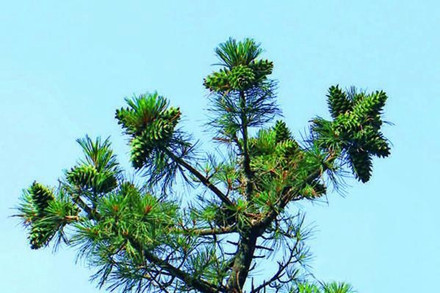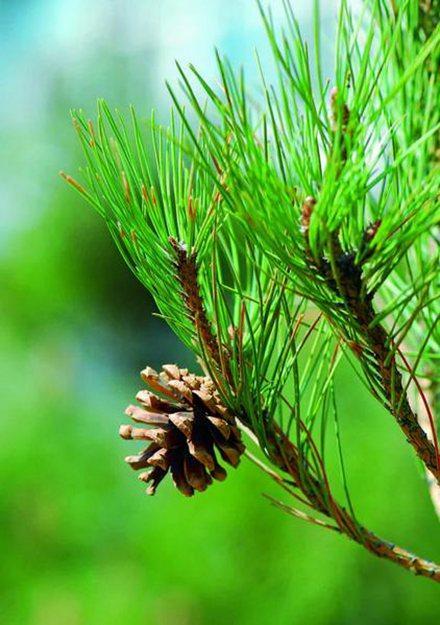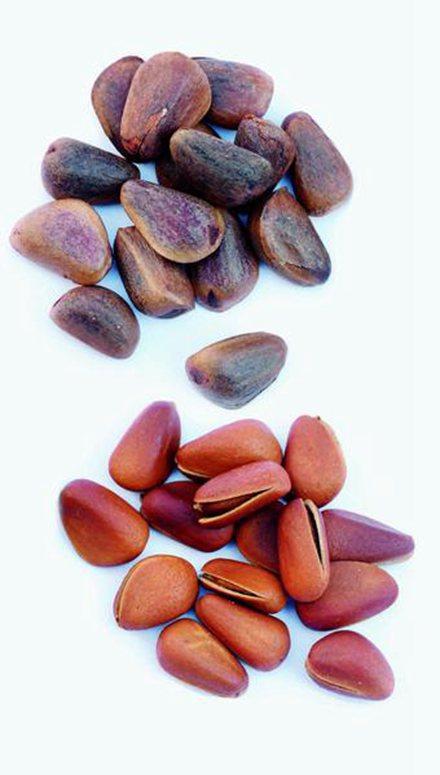



Author:pine trees pubData:2019/5/13 11:02:12
I wonder if anyone has noticed that in southern cities, various types of pine trees are planted, and while some of these trees bear pine cones, there are no pine nuts inside. Why is that? In fact, trees reproduce through seeds, and pine trees are no exception; regardless of the variety, they should produce pine nuts. So, why can't we find any pine nuts in the pine cones?

In our perception, pine nuts are large and plump, and they are edible. However, not every type of pine tree produces these kinds of pine nuts. Generally, pine nuts can be categorized into two types based on their morphology. One type is the kind we often eat, which exceeds one centimeter in length, is rich in oil, and tastes delicious. Most of these come from the seeds of red pine, masson pine, and huashan pine, and their seeds are primarily dispersed by small squirrels or birds.

The other type of pine nut is small and light, with a thin brown membrane wing, and its length does not exceed half a centimeter. These are inedible. On dry, sunny days, they can be carried away by the wind to disperse seeds. There are many varieties of pine trees that produce these types of seeds, with common examples being oil pine, white-barked pine, and camphor pine. Pine trees that produce larger pine nuts are not suitable for planting in the hot climates of the south; they generally grow in the mountainous areas of the northeast and have a slow growth rate, making them difficult to maintain. If not cared for properly, they can easily be infested by pests. Therefore, even in northern cities, it is not advisable to use these pine trees as ornamental trees.

In contrast, pine trees that rely on wind for seed dispersal grow quickly, becoming beautiful large trees in just two to three years, and they are also relatively resistant to pests. Therefore, the pine trees found in urban areas typically produce these mini pine nuts. Some may wonder why we can't transplant northern pine varieties, such as red pine, to the south. Generally speaking, the soil conditions are different, resulting in a very low survival rate. Even if they manage to survive, the fruit produced will be significantly inferior due to climatic influences. Now, friends, have you noticed whether the pine trees in your area are producing large pine nuts?